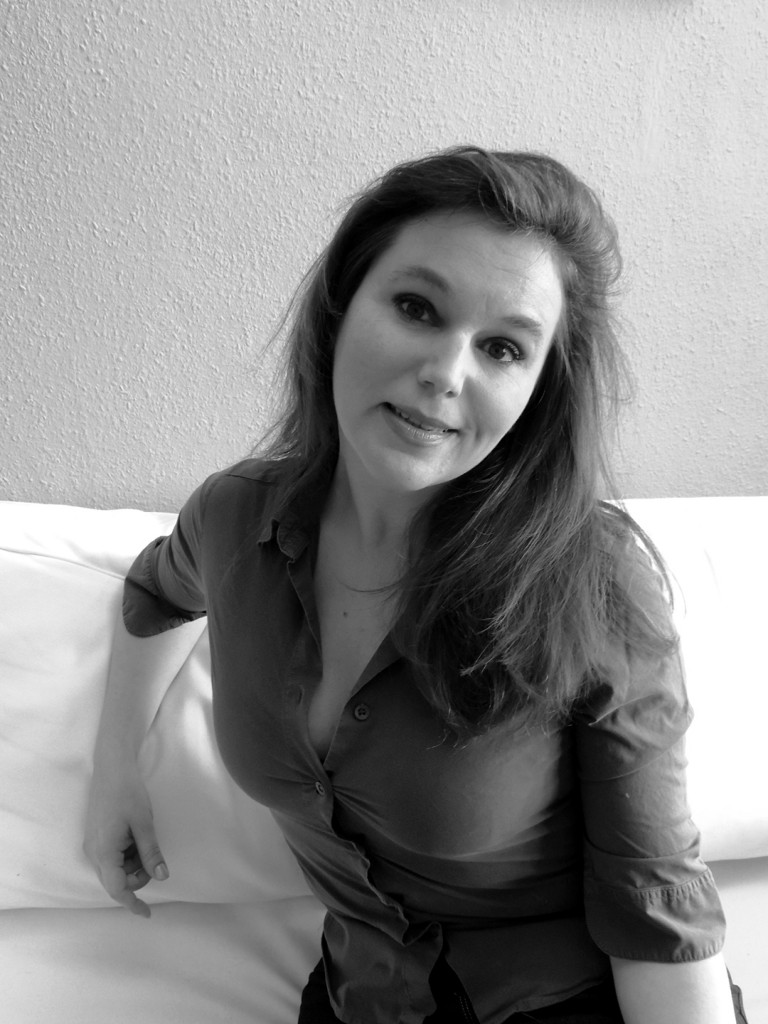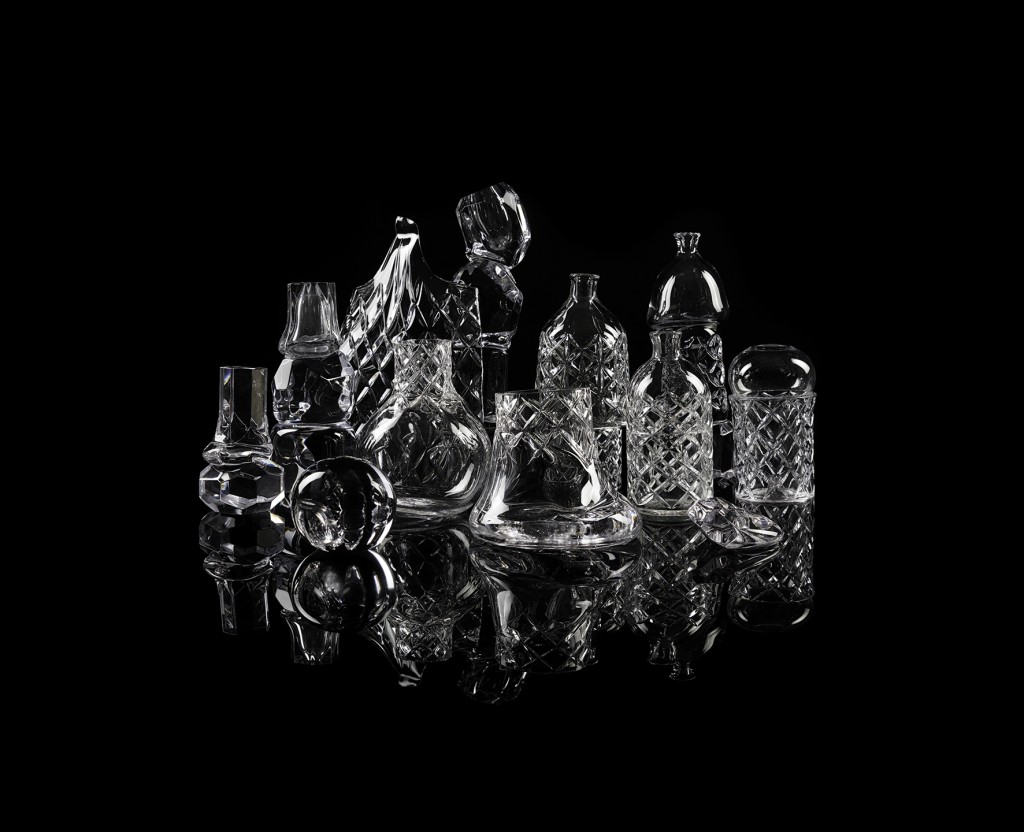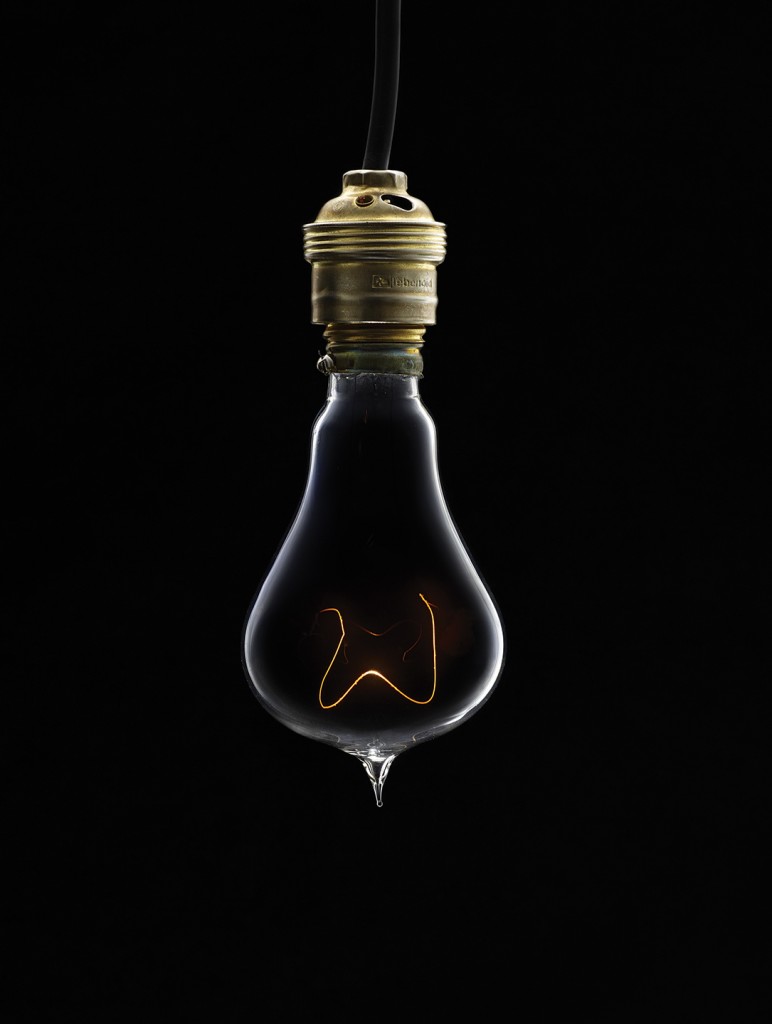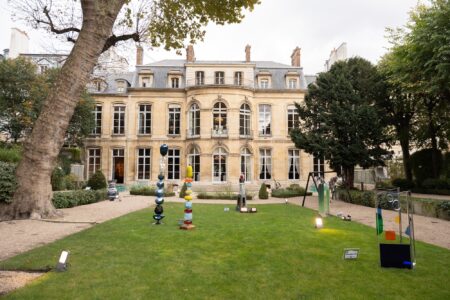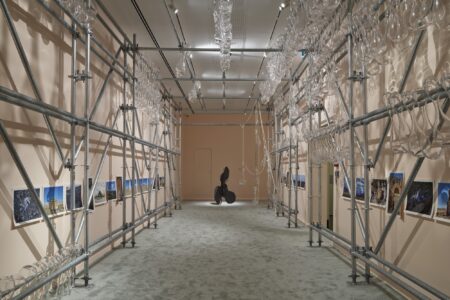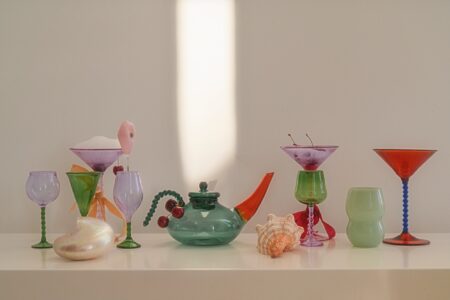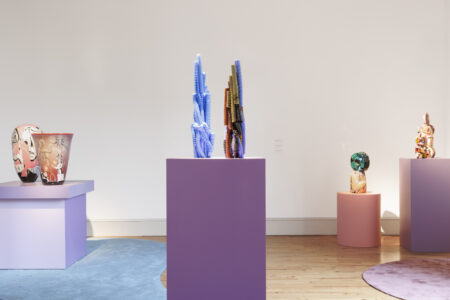Glass Collection of Mudac: The Furnace of Angels
Contemporary glass collection of the Swiss museum Mudac is one the largest in Europe. Mudac’s former curator Bettina Schumi reveals the early days and future visions of the collection.
Glass collection of Mudac Musée de Design et d’Arts Appliqués Contemporains (Museum of Design and Contemporary Applied Arts) in the historical Lake Geneva-flanked city of Lausanne in Switzerland, counts as one of Europe’s largest. Within a growing permanent reserve and a constant rotation of installations on view, the museum operates with a contemporary but not a nostalgic vision. Founded in 2000, the innovative venue has already mounted a long list of critically acclaimed ‘designer carte blanche’ exhibitions, which give a designer free hands to exhibit.
Glass Is Tomorrow spoke to the museum’s former glass art and design curator Bettina Tschumi about her role and perspective on the glass collection.
Glass is Tomorrow: What was the starting point for Mudac’s glass collection? Or the link to Peggy Guggenheim and Vittorio Costantini in Murano, Italy, and their goal of highlight glass as art in the 1960s?
Bettina Tschumi: Looking to establish a glass collection in the French-speaking region of Switzerland, Peter and Traudl Engelhorn came upon the Mudac. Though they didn’t have a defined topic in mind, they sought out a venue in which they could start from scratch but that could offer a team able to grow a collection. A physician by training, Peter Engelhorn was able to identify the extraordinary characteristics found in glass. Together with his partner, they were able to acquire Peggy Guggenheim’s La Fucina degli Angeli collection – 36 small sculptures by artists like Cocteau, Picasso, Ernst, Chagall and Arp, all developed by glass studio owner Egidio Costantini. At the same time, Peter and Traudl Engelhorn informed themselves about the latest studio glass developments in Europe and the United States; the topic on which they grew their collection.
How has the studio glass movement influenced the creation of this collection with a focus on living artists and designers, working since the 1960s?
BT: Emerging in Europe as much as the United States, the studio glass movement was in full force during the 1960s and 70s. Coinciding with the Engelhorn’s new collection, it was only natural that they should look to capture what was happening at that moment. Not yet integrating design per say, their philosophy was encyclopaedic: documenting and presenting the studio glass movement no matter how far work was being created as a testament to this ‘zeitgeist’. The Engelhorns travelled extensively to visit exhibitions and artists – bringing work back with them. A quick turnover period ensured that the collection remained relevant.
Could you describe the positive tensions found between glass art and design today?
BT: In both art and design worlds. Materiality and craftsmanship have re-emerged. Following ceramics, glass and other once untrendy mediums-cum-techniques have become trendy again. Glass is especially interesting due to the complexity and sophistication of production but also because of the collaboration between designers, artists and makers it requires. Art employs glass for its metaphorical and plastic-like qualities – related to light – whereas design utilizes the material for its practical properties: transparency, conductivity, plasticity, etc.
Is your collection at Mudac only based on European glass talents and design-led crafts?
BT: Mudac’s glass collection covers much more than just European glass. We don’t restrict ourselves to such constraints but instead remain faithful to the intention of our original patrons. This is the very reason we were able to go beyond art and incorporate design. This direction was initially taken by Rosmarie Lippuner, the museum’s director during the 1980s. Our acquisition policy is based on three orientations: classically-defined sculptural art work and design objects that employ glass. Lately, we’ve opened the door to transversal approaches bringing in science and new technologies.
How do you select and acquire new pieces? How many pieces does the collection contain?
BT: Based on three annual meeting – including one with our patrons, we constantly conduct prospective research: visiting other exhibitions and studios as much as possible based on our ever-growing network. When travel is not feasible, we consult specialized readings. For us, it’s always better to see the pieces first. We then follow up with subsequent exhibitions, catalogues and inventories. The collection has 572 pieces including 133 added since 2000.
What are your goals to promote glass in the future?
BT: We will continue to organize a good balance of small- and large-scale, short to long term exhibitions and increase public awareness about glass. We hope to develop and take in travelling shows but also host workshops by working with a wider scope of partners – other glass museums but also non-glass-oriented institutions. And all this in the guise of showing our fascination for this material.
What is your perspective on Glass Is Tomorrow; the network created and contribution to glass design and making?
BT: Glass Is Tomorrow is a great initiative for many reasons. As nine workshops reach across Europe and even Turkey, this craft and know-how is re-valued on each local territory. Involving all kind of teams in truly contemporary experimentation factors in as a superb way of underlining the necessary and beautiful collaboration between brain and hand. •
Main image
Matali Crasset and Vincent Breed: Souche Moyenne (2012).
Glass Is Tomorrow is a European network, which aims at establishing more fluid exchange of knowledge and competencies between glass and design professionals in the north, south, east and west of Europe. Glass Is Tomorrow is initiated and organized by Brussels-based creative agency Pro Materia, which also publishes TLmagazine with Paris-based publishing house Bookstorming.
